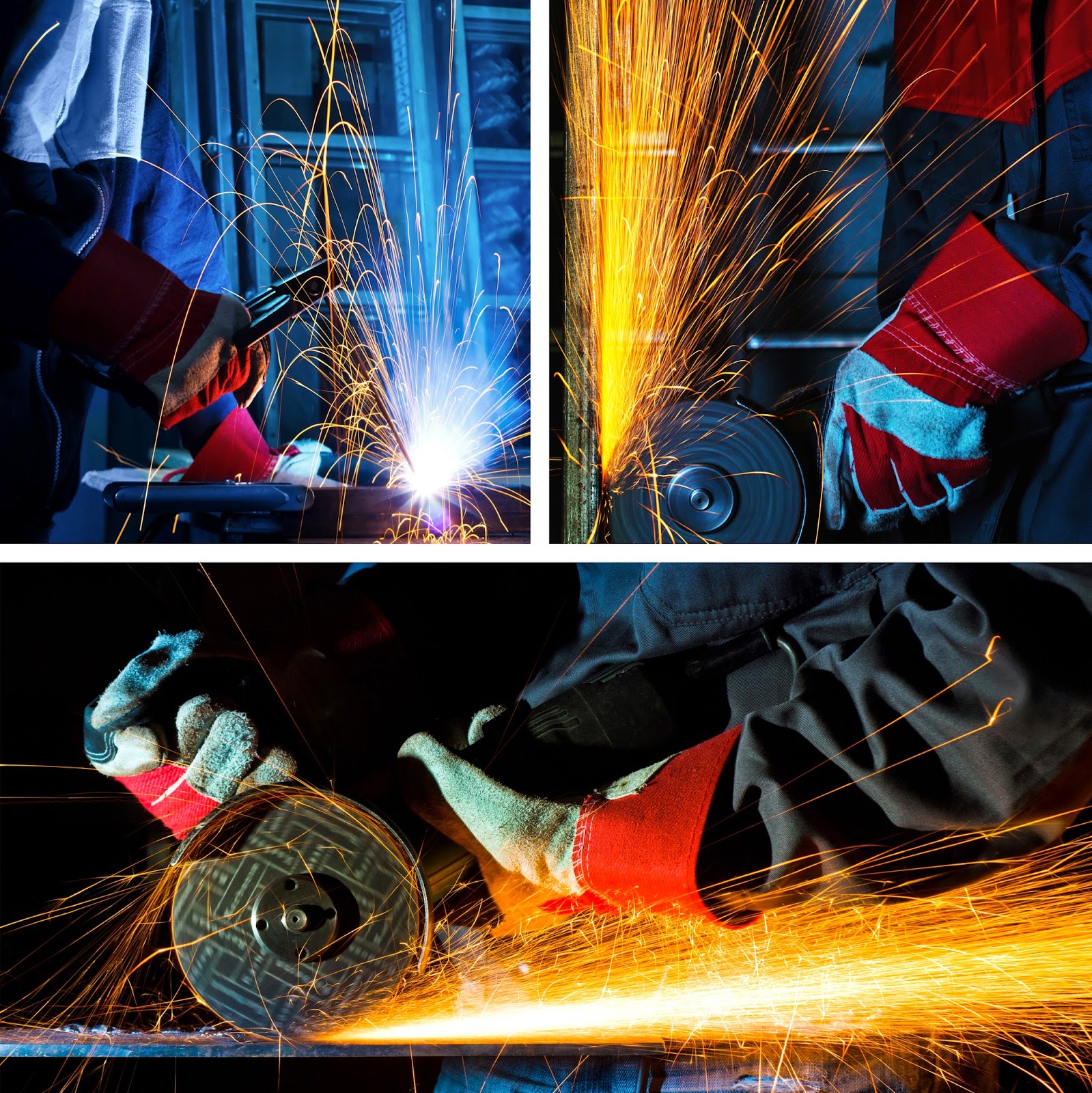Metal fabrication is a type of business that most average people have no concept about. In fact, most people really don’t know where their metal products come from or where the metal even used to make the items they pick up each and every day originates from. However, if you work in the industry, you know the ins and outs and how detail-oriented you need to be if you work in metal fabrication. After all, there’s very little room for error when it comes to the fabrication process.
The inability to make errors also applies to the financial side of metal fabrication where it’s extremely important to make every penny count. When you’re in a tough business in a down economy, you need to do everything you can to maximize your return on investment (ROI).
One of the best things that you can do for a customer when you’re in the metal fabrication business to help them reduce cost and get a better return on their product is to look over their design and remove as many parts as possible. Remember – many of the people you’re working with many not be familiar with the metal fabrication business like you are and there may be extra parts included in the design that aren’t really needed. If you’re working with new companies or builders, these errors and extra parts could be greatly exaggerated.
That’s why it’s important to go over any new design that you receive to make sure that it is functional and doesn’t involve too many extra part during the fabrication process. By removing parts during the fabrication process, you’re almost surely going to be able to reduce the cost of the item, helping you or the seller make more money with the final product.
Alter the Design
Another major thing you can do for your customers, particularly those customers who are just now entering the fabrication process for the first time, is help them out with their design. In many cases, a customer will think that they have a very unique design or that they need a very unique design to do a basic task. Since you’re in the business, you may already know that they don’t need something as complicated as what they’re trying to do in their original design.
Offering to help your customers in this manner can be a tricky slope to walk down. If they do want your help, you may be sucked into the design process, assuming that they will place a large order when they finally have the product that they want. For that reason, it’s often a much better idea to simply help customers who need a basic tweak on their design.
You can persuade many people to redesign their product if you give them specific ways to do so and tell them how much money that they’ll be saving if they go your route. They may not choose to do so, but saving money is something that every savvy business owner and designer is going to want to do in order to improve their ROI.
Opt for Cheaper Parts
If customers don’t want to change their design or the design simply doesn't need to be changed, one thing you may want to do in the metal fabrication business is to suggest more cost-effective parts and ways of doing things. In many cases, you could be cutting the cost of a particular item once fabricated by just a few percent. However, in the long run, a few percent can add up to quite a savings, especially if your customer is going to be ordering a large quantity of an item.
You do still need to take into account the overall quality of the item though, at least when you are suggesting changes to make the product cheaper for the client. If it doesn't perform the way they want it to over time, you may be held accountable and you could lose the business.
When implementing changes that will make a product less efficient, you need to make sure the customer is aware of these concerns and that the savings will be worth it to them in the end.





